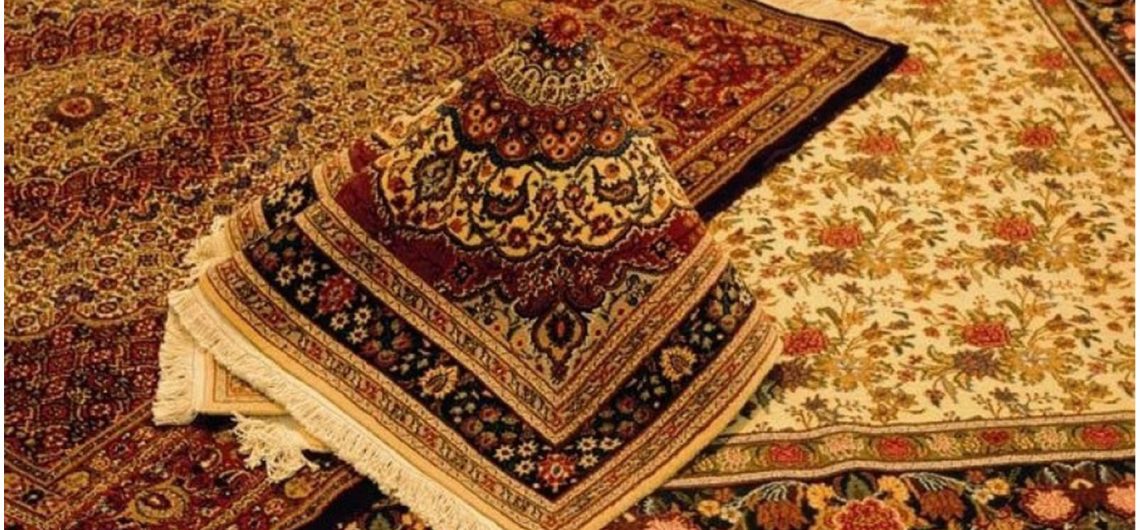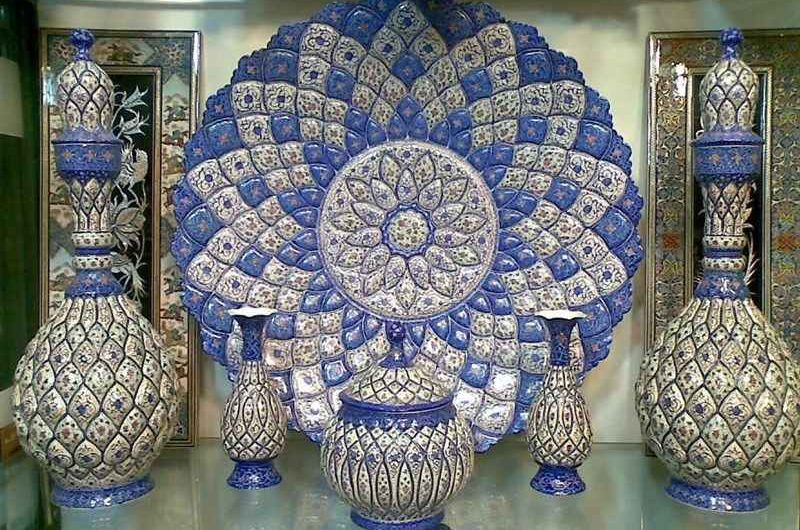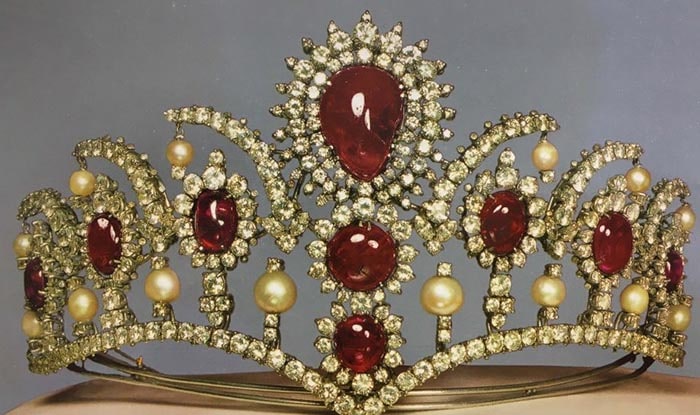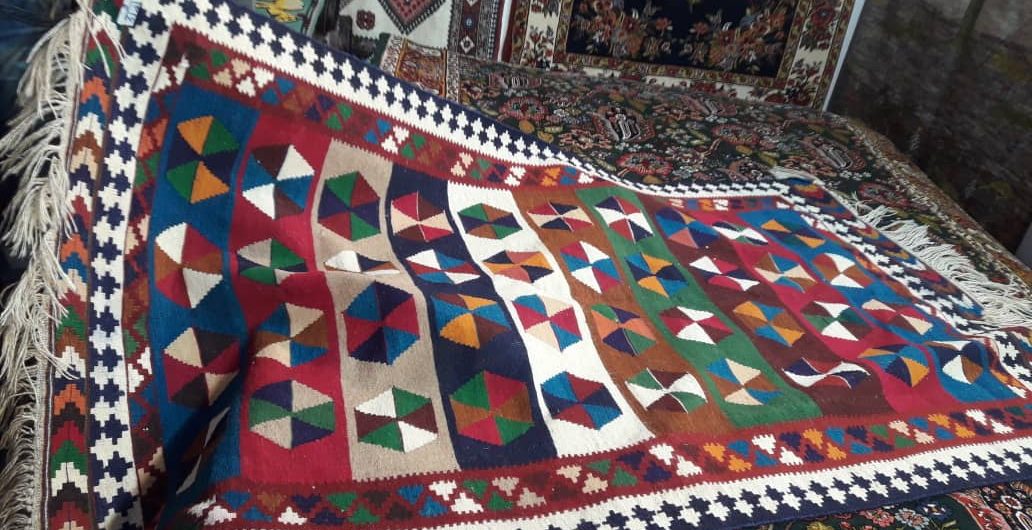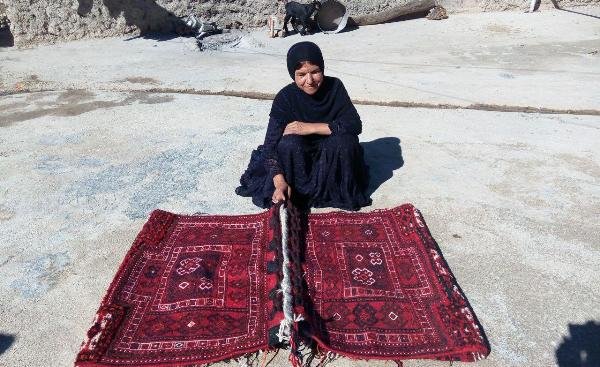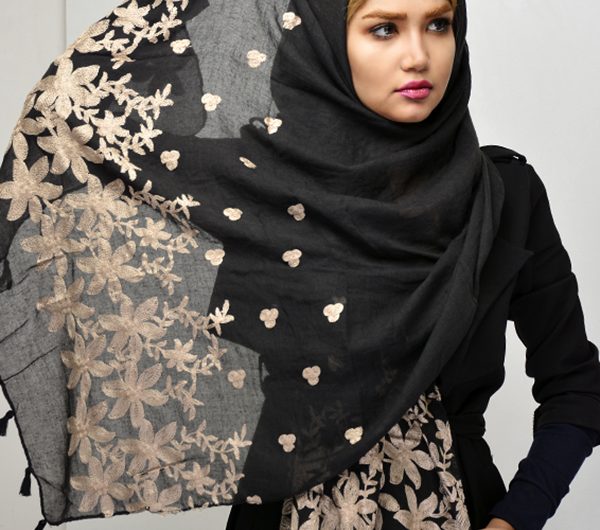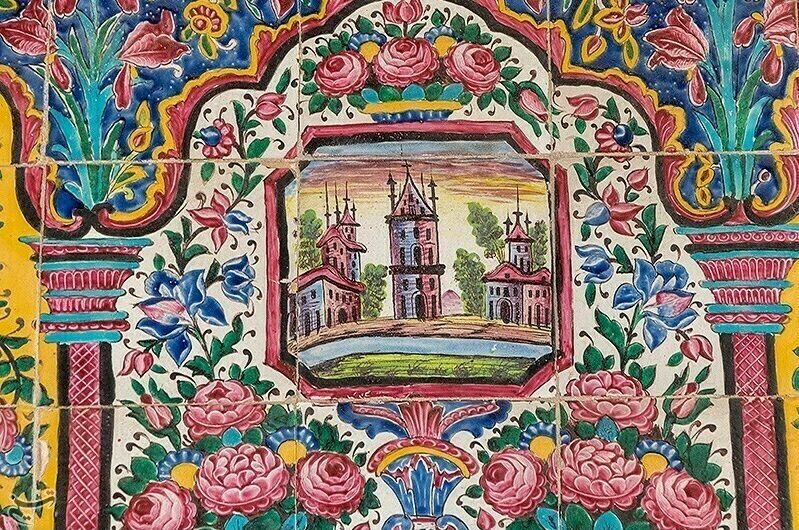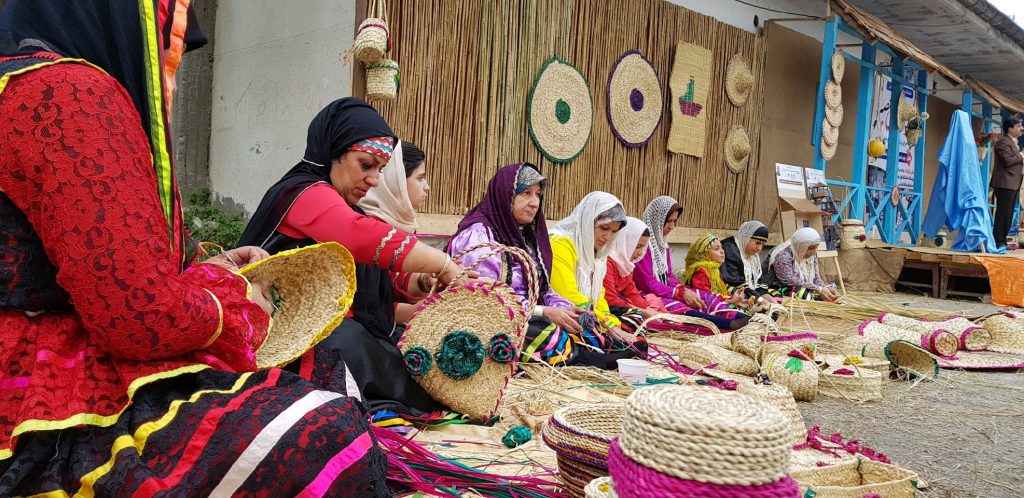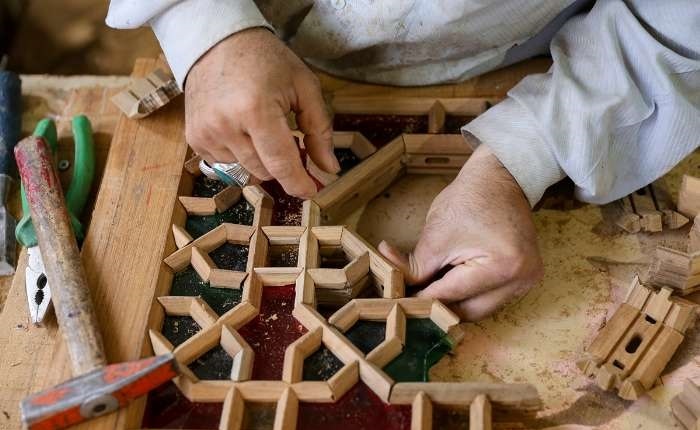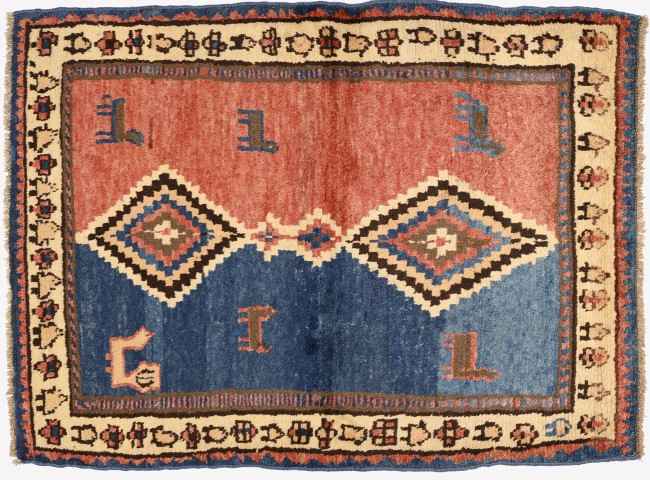The Iranian Kilim The term kilim derives from the Persian word "Gilim." Kilims are flat, hairless knits that are made by matching the warp and weft. A kilim is a cloth woven by hand from goat or sheep wool and is generally used as a rug. Each region of Iran has its own design, which in turn derives from local or nomadic culture and tradition. The kilim is actually a common fabric among nomads that can have other uses besides carpet: tribal salt bag or namakdan; the saddlebag of donkeys or horses called khorjin; tent strips, travel bale or Boqche. Kilims are dyed naturally, and this tradition is still practiced by traditional weavers to this day. The dyeing materials are generally obtained from plant and mineral sources. Types of kilims and Kilim diversity 1- Qashqai The kilims of the Qashqai nomads are one of the most famous in Iran, whose design strength is found nowhere else. Unique geometric patterns, the delicacy of wool and the brilliance of its colors go hand in hand to create unique designs. In fact, the type of processing does not allow for very sharp curved lines or patterns. Qashqai kilims use cotton and wool threads. They fall into two categories: the horizontally striped kilims and those with a central field within the edges. The designs are passed down from memory from generation to generation and generally follow the patterns of the surrounding nature and nomadic life. 2- Shahsavan The nomads of Shahsavan are one of the largest tribes in northwestern Iran. The kilim is the most common weaving of the Shahsavan nomads, and therefore many kilims in Iran are woven by members of this tribe. Geometric patterns, flower and animal shapes, and a star-shaped pattern make up the nomadic kilims of Shahsavan. Each star, as
The Iranian Kilim
The term kilim derives from the Persian word “Gilim.” Kilims are flat, hairless knits that are made by matching the warp and weft. A kilim is a cloth woven by hand from goat or sheep wool and is generally used as a rug. Each region of Iran has its own design, which in turn derives from local or nomadic culture and tradition. The kilim is actually a common fabric among nomads that can have other uses besides carpet: tribal salt bag or namakdan; the saddlebag of donkeys or horses called khorjin; tent strips, travel bale or Boqche. Kilims are dyed naturally, and this tradition is still practiced by traditional weavers to this day. The dyeing materials are generally obtained from plant and mineral sources.
Types of kilims and Kilim diversity
1- Qashqai
The kilims of the Qashqai nomads are one of the most famous in Iran, whose design strength is found nowhere else. Unique geometric patterns, the delicacy of wool and the brilliance of its colors go hand in hand to create unique designs. In fact, the type of processing does not allow for very sharp curved lines or patterns. Qashqai kilims use cotton and wool threads. They fall into two categories: the horizontally striped kilims and those with a central field within the edges. The designs are passed down from memory from generation to generation and generally follow the patterns of the surrounding nature and nomadic life.
2- Shahsavan
The nomads of Shahsavan are one of the largest tribes in northwestern Iran. The kilim is the most common weaving of the Shahsavan nomads, and therefore many kilims in Iran are woven by members of this tribe. Geometric patterns, flower and animal shapes, and a star-shaped pattern make up the nomadic kilims of Shahsavan. Each star, as a recurring shape, is made up of simple symbols in the shape of a triangle or octagon. Many of these kilims also have crab and diamond crochet motifs, examples that can be found in most Turkish crafts from Central Asia to Anatolia. Figures of animals and birds, flowers and stars are often found in the purses and purses of this tribe. Shahsavan kilims are almost small but have a fine and excellent texture. The tribal salt bag, namakdan, is also one of the Shahsavan weavings.
3- Harsin
Kurdistan is a mountainous region in western Iran. The region has been inhabited since ancient times by Kurdish nomads and semi-nomads, who farm on the western border of Iran and produce some of the best wool in the country.
The town of Harsin in this region is a very active center for carpet and kilim weaving. Wonderful kilims are woven in Harsin with geometric motifs, diamonds, medallions, ornaments and the famous Herati motifs, which give their name to the kilim produced in the village. The background color of rugs and kilims is usually dark blue or deep red. The Hersin kilim is a special type of oriental flat weave without hair (which preceded the pile carpet) and is produced mainly by the nomads of Iran, Afghanistan, Turkey and various regions of the Caucasus.
4- Bakhtiari
Nomads are constantly on the move and never stay in the same geographic area for long. They weave handmade rugs and kilims on folding looms. This is why there can be so many variations between their designs and fabrics, that sometimes they also have irregular shapes and patterns. Nomadic designs are not based on a pattern on paper and the weaving is made from memory depending on the transmitted forms or the momentary inspiration of each craftsman. In this way, the drawings can tell us stories about their culture. In general, nomad kilims have a lot of charm and have once again become a basic decorative element of Persian houses.
5- Baluchi
Due to the climatic conditions, the Baluchis have always expressed their desire to have abundant water resources and grasslands in their fabric. In general, the set of Baluch kilims is formed by a striped fabric, in each row there are different patterns of designs with different colors such as; brown, dark red, camel, blue and light colors like green, yellow and red. Baluch kilims sometimes differ from other Iranian kilims because in addition to the warp and weft in Baluchistan they give it a special touch and the edge is decorated with embroidery.
6- Turkmenista
The Turkmen kilim is one of the handicrafts of the Turkmen people of the Sahara plain, in northeastern Iran. The weaving of carpets and kilims among Turkmen tribes, as among all Iranian tribes, is considered a distinctive feature and a form of artistic expression. In Turkmen kilims, the motifs are interrelated and are inspired above all by the surrounding nature. Turkmen kilims are not based on a pattern on paper, and weaving is made from memory. Among the most frequent motifs are flowers, camel and elephant feet, cypresses and the so-called Bukhara motif. Turkmen kilims are of different types depending on the origin of the tribe, and most weavers use a horizontal loom to weave the carpets and kilims. Both camel and sheep wool are used in Turkmen weaving.
7- Qazvin Kilim
Hand-woven products are one of the handicrafts that date back many years. They were originally created as a means of survival, but they are also symbols of the artistic taste of their creators. According to historical documents, the making of traditional textiles has long been one of the most common trades of the Qazvin inhabitants, especially in the 12th and 13th centuries. Although textile production has declined considerably in recent decades, it has not entirely disappeared and is still practiced by many artists. That is to say, in autumn and winter, when the women of the small villages no longer work in agriculture, they set up their looms to contribute to the family economy by selling their products. Qazvin kilims are very special in terms of designs, colors, dyes and materials.
8- Sumak
The sumak is a relatively rare type of kilim. Sumak kilims are in a flat weave style, and the threads that are typically embroidered are not cut on the reverse side. The weft threads – which have a decorative function rather than the structural function of knotted rugs – are passed through certain warp threads and then wound. All Sumaks have a geometric pattern with many tribal motifs around it. These patterns usually include small birds. Sumak kilims combine perfectly with contemporary, traditional and modern decorations. Sumak is a type of paint that has both the simplicity and lightness of a kilim and the elegance and beauty of a rug.


